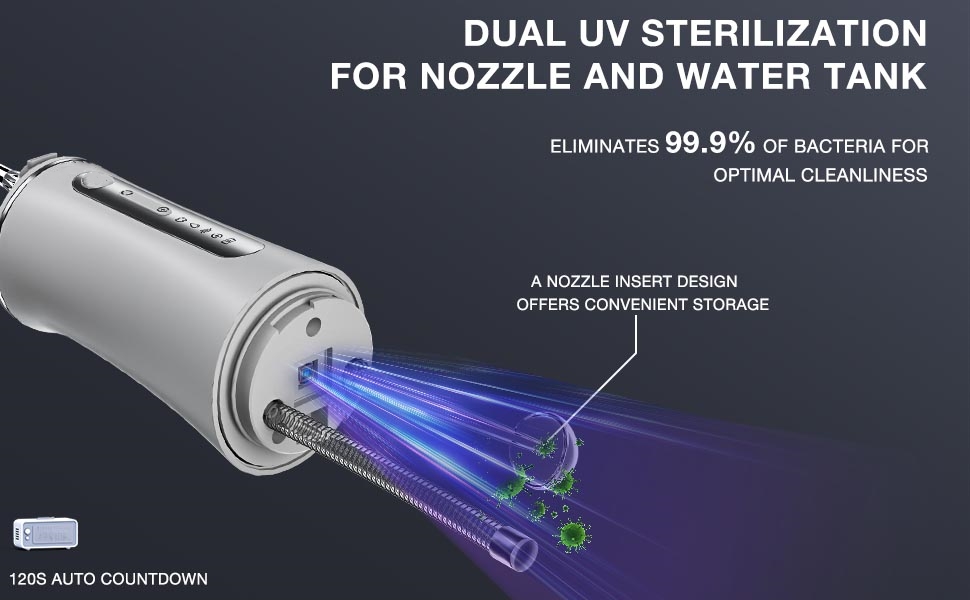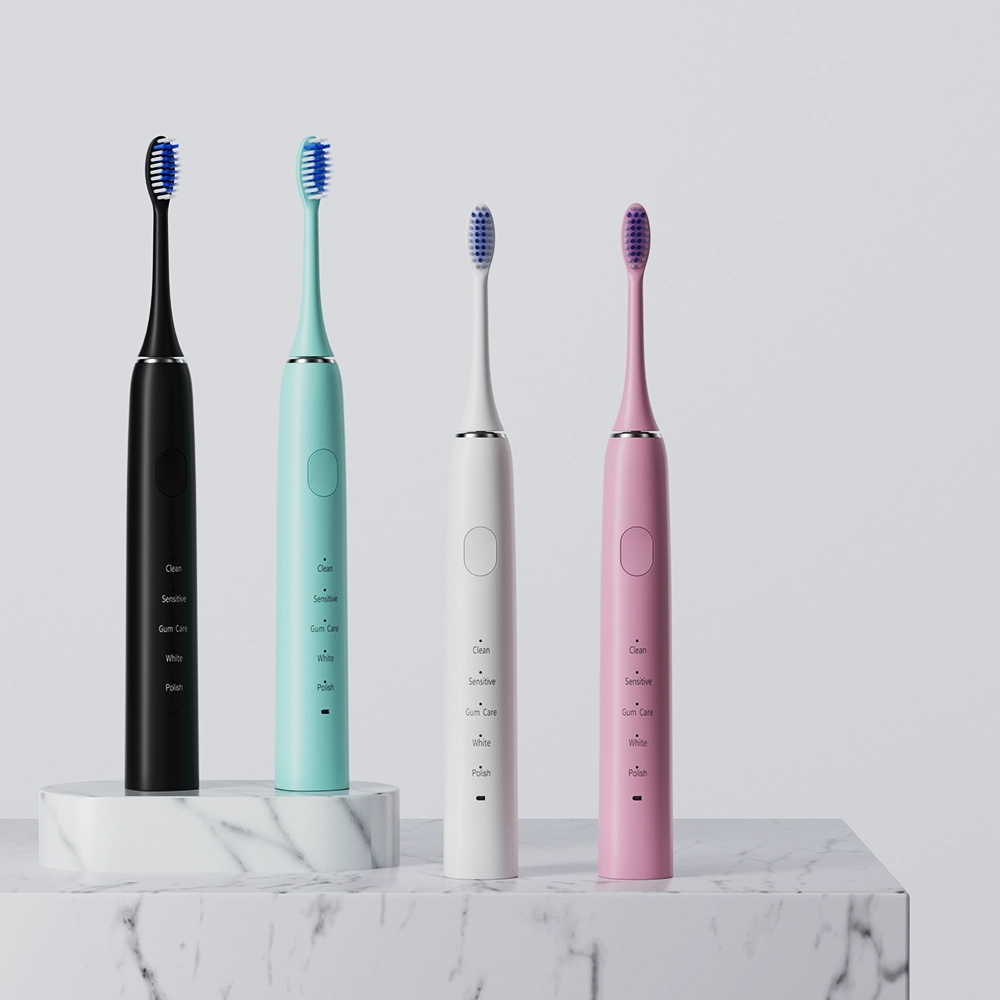For travelers heading north, packing lists are ruthless about weight and reliability. As a manufacturer, the question isn’t just “should we market it?”—it’s whether an Alaska cold-resistant electric toothbrush meaningfully improves user outcomes, reduces RMAs, and fits retail and outfitter channels. Below are six evidence-driven angles showing when and why a cold-ready brush deserves a place in Alaska travel gear—and how to engineer it without overbuilding.
First, define the operating envelope. Travelers will store gear in unheated cabins, vehicles, or sled bags; mornings can start below freezing; water access may be limited; and condensation/fog cycles are common. Therefore, an Alaska cold-resistant toothbrush should:
Next, cold derates lithium cells. To maintain trustworthy runtime:
Moreover, winter travel means meltwater and grit. Engineer for:
Furthermore, travelers value simple charging that works in remote contexts:
Meanwhile, heads and ergonomics must suit winter reality:
Finally, durability must be shown, not claimed:
To decide if your SKU belongs in Alaska travel gear as an Alaska cold-resistant brush, confirm that you:
Bottom line: If you engineer to these requirements, an Alaska cold-resistant electric toothbrush isn’t just “nice to have”—it’s a trusted, high-margin item that travelers will add to their Alaska travel gear and recommend after the trip. Contact Powsmart
.jpg)
.jpg)
Electric Toothbrush for IT Employees | Tech-Friendly Oral Care
Where to Buy Electric Toothbrush in Washington DC | Local Guide

Analyze the Advantages and Disadvantages of Different Types of Flossing Technology According to Different User Needs
Are App Pairing Failures Linked to Timer Sync Issues?

Explaining the Teeth Whitening Device and How to Use It

Is It Normal to Secrete a Lot of Saliva When Using a Teeth Whitening Device?
.jpg)
Is a Saltwater-Resistant Electric Toothbrush Necessary in Hawaii?

Electric Toothbrush OEM Manufacturing Expert: Custom Solutions & CE Certified Production
.jpg)
Is 2-Minute Music Timing Effective?

Bulk Electric Toothbrush Orders – Texas Manufacturing Minimums
.jpg)
Is Bluetooth Toothbrush APP Tracking Failure Causing User Adaptation Issues?
.jpg)
Why Choose an Electric Toothbrush Recommended by Dental Offices in Boston?

How to Evaluate an Electric Toothbrush Factory’s Comprehensive Capabilities

Electric toothbrush factory digital transformation path

How to Reduce the Failure Rate of Your Electric Toothbrush
Seattle Dental Supply Sonic Toothbrush

electric toothbrush heads Regular Clean

electric toothbrush heads Deep Clean

Electric toothbrush heads Charcoal Infused-Diamond

electric toothbrush heads Charcoal Infuse-Round

Private Label Whitening Gel
.jpg)
Florida Electric Toothbrush – Powsmart PTR-C8

electric toothbrush heads Ultra Soft

Customization Teeth Whitening Gel
whstapp
whstapp
National Toll-Free Service Hotline
+86 755 86238638